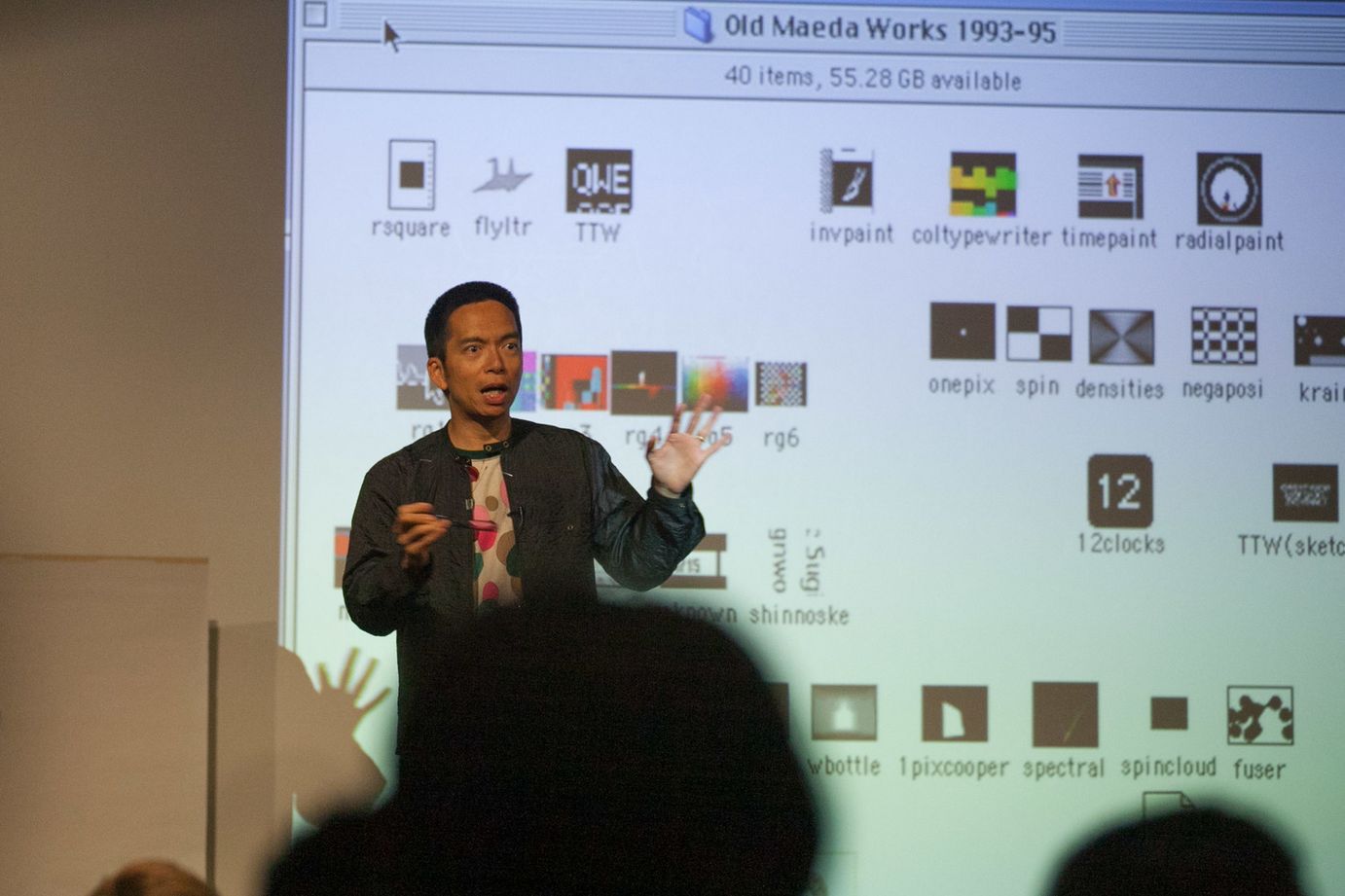Shortly after I joined KPCB, I wrote a post about design in the new economy. Since then, I’ve immersed myself in the culture of Silicon Valley to experience first-hand how designers work and think in this region.
My simple conclusion: Get involved with technology early, and get close to what Silicon Valley has to offer early. If you have the chance to intern at a high-tech company in this region for a summer job, I suggest you do so because you will learn what I have learned — that the speed and scale of technology development is so fast that you’ll want to start early or you’ll miss out on a lot.
In the 1980s while I was studying at MIT, I interned at Texas Instruments for several summers. In addition to surviving the sweltering Dallas heat, I had the chance to see what was happening with artificial intelligence as it was being integrated into industry and also participated in the creation of advanced semiconductor device design systems. I still remember when TI announced its 4-megabyte DRAM device to much fanfare – and am amazed by how far we have come since then.
Who would have thought we could keep doubling the transistor count, a la Moore’s Law, for so long? In the six years during which I left research as a professor at MIT to run RISD as a college president, technology advanced four-fold — the technological significance of 2X * 2X * 2X * 2X = 16X in speed and scale is staggering.
No place in the United States better exemplifies the relentless ethos to engineer new digital technologies than Silicon Valley. It is the land where the Moore in “Moore’s Law” made his mark. Now more than ever, designers are called to action to bring new human sensibilities to our awesome, ever-connected, and still-under-construction world. Without those sensibilities, we’ll surely be living that famous 1984 Apple commercial all over again.
Who will become – who will create – the new Apple of this century? We don’t know where the next idea will come from. But we need the next generation of designers who will help make it happen. Because in the remaining one to three years of the average student’s college career, technology will advance close to three-fold, or 8X. It will continue to get quantitatively better. But it will not get qualitatively better without more designers working in tandem with engineering colleagues – more designers who can code, and more engineers who can design.
Some advice for you, based on my experience, as you begin your career: You want the all-hands-on-deck experience of a startup environment as well as the learning that comes from being part of a large network. You want to develop your understanding of both coding and design; you want to see your individual impact and you want to work creatively as part of a team. One way to accumulate these experiences is sequentially: you can spend one summer at a large firm and another at a startup, varying your roles along the way.
But if you can get a two-fer and combine multiple experiences into a single summer, go for it. My various “do both” experiences informed everything that I did and led at MIT, RISD, and now as a venture partner and board member here in Silicon Valley. So find ways to do both.
I was impressed when I saw the KPCB Design Fellows program in action last summer — it let students experience the smallness of a startup and at the same time join the KPCB community and learn from the wisdom and expertise of the partners here. I’ve loved meeting each of the fellows and encourage you to apply.
And no matter what, I hope that you will dream big as you think about the contribution that you can make to the next wave of innovation in technology, design, and the economy.
